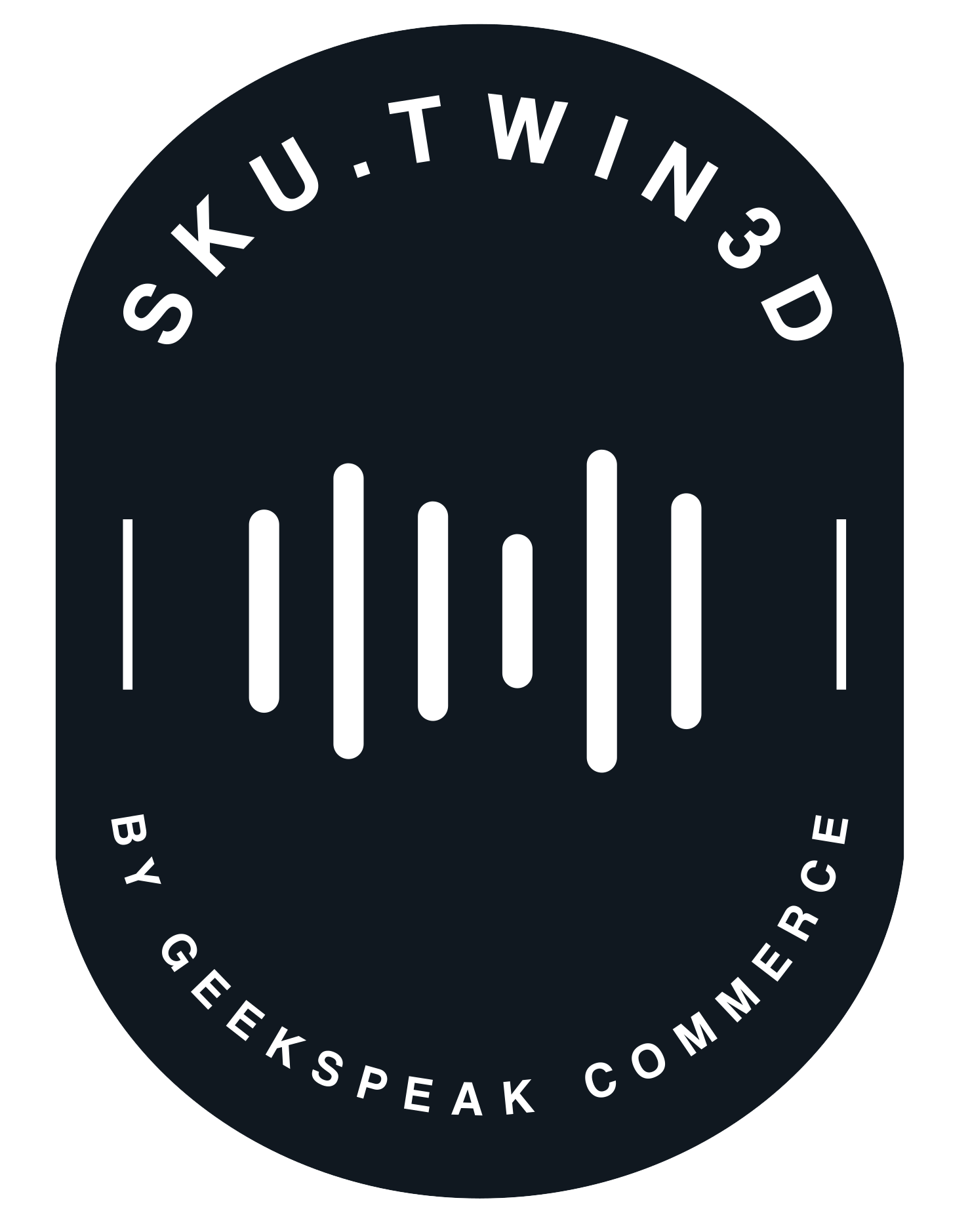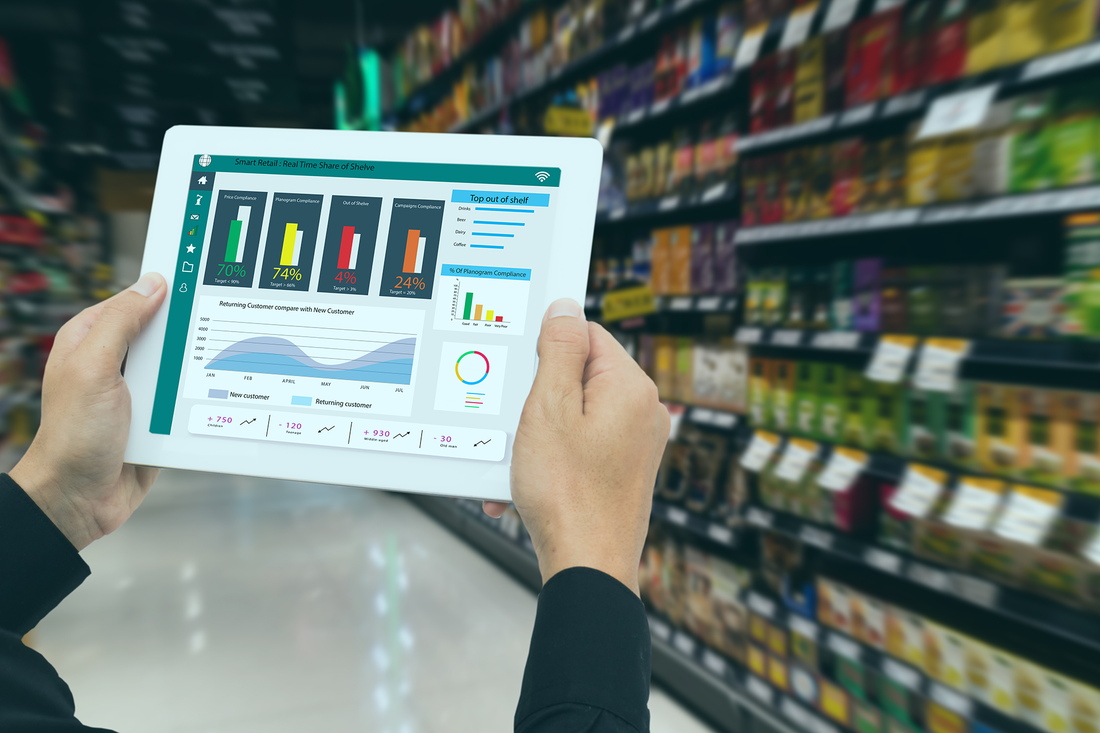Increasing Ecommerce Profit Margins with VR Product Experiences
When it comes to ecommerce, retailers are constantly seeking new methods to stand out, engage consumers, and drive profitability. With technological advancements surging forward, Virtual Reality (VR) has cemented its place as a revolutionary tool in the ecommerce sector, presenting an avenue to dramatically increase profit margins. But how does VR correlate with enhanced profits in the ecommerce arena? Let's delve in.
1. Immersive Shopping Experiences
Unlike 2D images or even 3D models, VR offers a truly immersive experience, allowing users to "step inside" a virtual store or interact with products in a 360-degree environment. This deep level of engagement not only captivates consumers but encourages more extended shopping sessions, leading to increased purchase likelihood.
2. Minimizing Return Rates
One of the prevalent challenges in ecommerce is product returns, often stemming from customers' dissatisfaction with the product once they physically interact with it. VR diminishes this gap by providing lifelike product previews, allowing consumers to interact with items, understand their features, and set realistic expectations. This clarity results in more accurate purchases and reduced return rates, saving costs and increasing profit margins.
3. Expanding the Market Reach
With VR, geographical boundaries blur. A consumer in Asia can virtually walk through a European store, browsing products as if they were physically present. This global accessibility attracts a broader audience, leading to potential sales from markets previously untouched or untargeted.
4. Premium Pricing for Premium Experience
Offering a state-of-the-art VR shopping experience can justify a premium pricing model. Consumers are often willing to pay more for enhanced shopping experiences, exclusive product previews in VR, or early access to VR product launches.
5. Reducing Physical Storefront Costs
While brick-and-mortar stores provide tactile experiences, they come with overhead costs—rent, utilities, in-person staff, and more. VR allows businesses to simulate physical stores without these recurring expenses. A one-time investment in crafting a VR store can cater to a global audience without the monthly expenditures of a physical location.
6. Building Stronger Brand Loyalty
VR experiences are memorable. By offering consumers something novel, interactive, and personalized, brands can cement their place in customers' minds, fostering brand loyalty. Loyal customers not only return for repeat purchases but also act as brand advocates, driving referral sales and bolstering profit margins.
7. Upselling and Cross-selling Opportunities
Within a VR environment, businesses can cleverly design consumer pathways, guiding them through strategically placed upsells or complementary product suggestions. With the immersive nature of VR, these strategies can be seamlessly integrated into the shopping journey, prompting higher average order values.
8. Gathering Rich Consumer Insights
VR platforms can be integrated with analytical tools to track users' interactions, dwell time on products, and pathways taken within the virtual store. These insights can inform inventory decisions, marketing strategies, and product placements, optimizing sales strategies and profitability.
Virtual Reality offers an unprecedented opportunity for ecommerce businesses to redefine the shopping paradigm. While the initial investment in VR might seem daunting, the potential ROI in terms of increased sales, reduced returns, and an expanded customer base is immense. By harnessing VR, ecommerce platforms can elevate their offerings, captivate their audience, and, most crucially, witness a notable rise in their profit margins.
Want to discuss ways in which your business can leverage VR for higher sales? Reach out to our team today.

